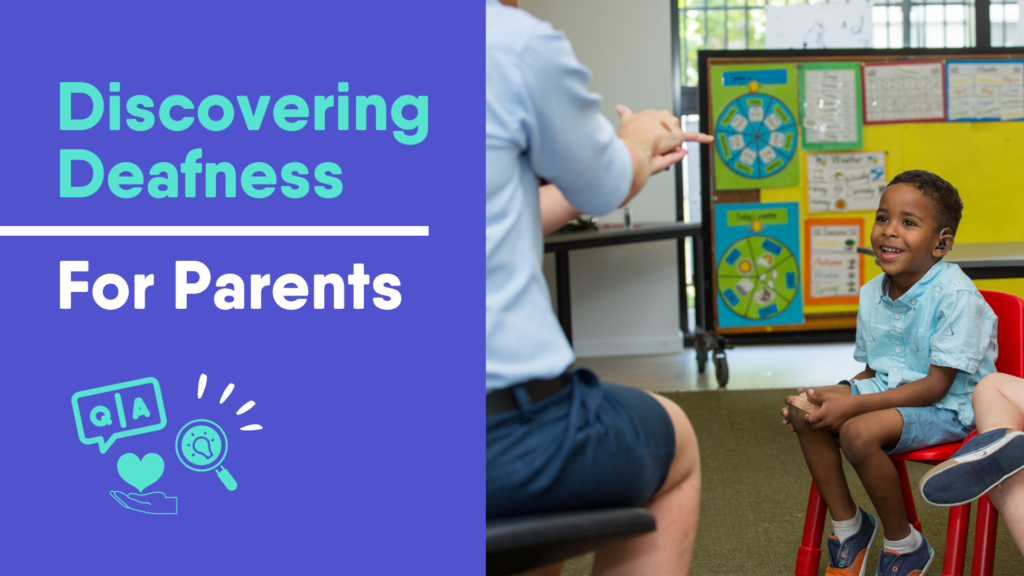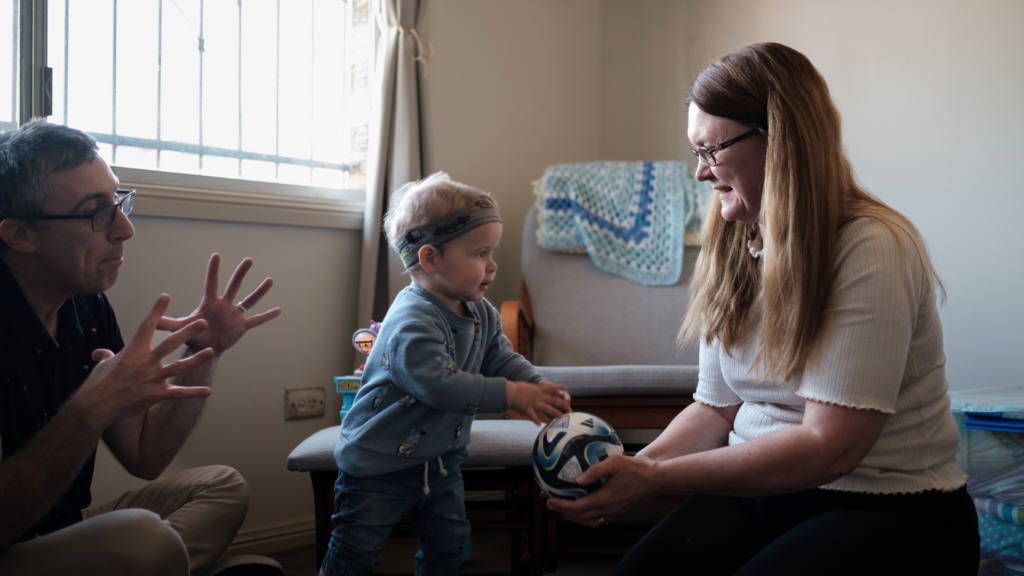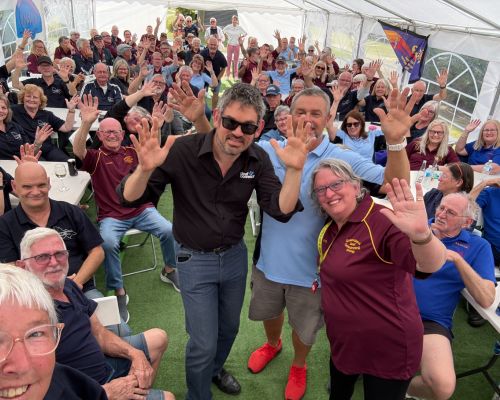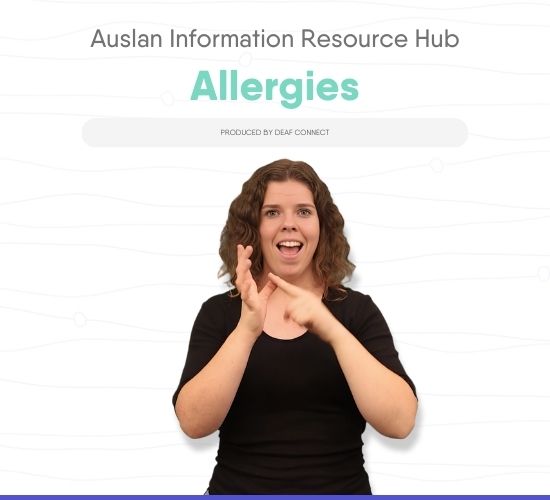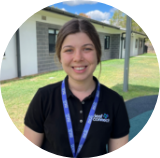Published on: 27th November 2024
Meet Yana, mother of three deaf children, who explains how exposing her children to sign language and various communication methods have supported their key developmental milestones and helped them grow into their identity.
Starting School: Navigating New Milestones with Confidence and Support
Starting school is a significant milestone filled with new challenges and opportunities for every child. For families with deaf, deafblind, or hard of hearing children, it often brings additional questions and considerations. As parents guide their children through this important transition, many wonder how they can help their child feel included, make friends, and keep up in the classroom.
Connecting with others who have navigated similar journeys can offer valuable support and insights.
Early Intervention and Lifelong Skills
Yana, a mother of three deaf children, describes her family’s journey as one filled with learning, support, and resilience.
“Of my five kids, three were born with hearing loss. They have bilateral sensory hearing loss, affecting both ears, and they wear hearing aids,” she shares.
“When we first received Emily’s diagnosis, it was a huge shock since there was no family history. I immediately went into research mode, reading everything I could find, and that’s when I discovered Deaf Connect. We joined the Parent-to-Parent Mentor Program, which was wonderful.”
The main goal of this program is to empower families with resources, support, and practical advice so they can feel confident about the journey ahead. For Yana, the opportunity to connect with another parent who had shared similar experiences was invaluable.
“It was really nice to speak to another mum with children a bit older than mine and see how they were doing. It’s not only about getting advice but also knowing you’re not alone on this journey.”
Yana emphasises the importance of early intervention for her daughter, Emily, and later, her other children, Jayden and Maddison. Early intervention can help children build a strong foundation for lifelong communication skills, whether their preference is spoken language, Auslan, or both.
“When Emily was about four to six months old, we started early intervention with the Royal Institute for Deaf and Blind Children (RIDBC), focusing on her listening and speaking skills. She continued with RIDBC until she started preschool at age three, and then transitioned to mainstream school at five. Thanks to early intervention, speech therapy, and support teachers, she’s now thriving in mainstream school,” Yana explains.
Building Confidence for a Brighter Future
It’s also crucial to build the confidence of your deaf child so they feel empowered to advocate for themselves and communicate their needs.
“My main focus is making sure that my kids have the confidence to stand up for themselves, like reminding teachers to wear their FM device and finding the best seating arrangement in class,” Yana says.
For Yana’s two other children, Jayden and Maddison, the family felt more confident to follow a similar early intervention process to that of her first hard of hearing child, Emily.
“With Jayden, we were more prepared when he didn’t pass his newborn screening. He started early intervention at six months. He loves learning, especially maths, and even received an academic excellence award last year.”
Yana shared that Jayden is always looking out for his siblings, and his circumstances do not affect his passion for playing football.
“He wears his hearing aids under his headgear and helps his sisters too. He’s a kind soul who’s always trying to make things easier for us.”
For Maddison, the family introduced Auslan from an early age to enhance her communication.
“Maddison was diagnosed at four weeks old and got her hearing aids at eight weeks. She attended a preschool that used Auslan as well, so Maddie signs a bit. . The visual aspect helped her connect words with their meanings, and she sometimes signs when she can’t find the right word or when I can’t understand her,” Yana explains.
Yana added that the involvement of Deaf Connect’s Auslan at Home program taught each member of the family some basic signs to better support the kids in loud environments.
“We also had a lovely Deaf teacher visit us at home to teach Auslan to the whole family. Auslan has been especially useful in noisy places or while swimming. Maddie is very active; she loves dancing and playing netball and has a cheeky side.”
The use of both English and Auslan can be a great combination to support your child’s communication. With multiple communication options, it provides them with the resources they need to navigate and thrive in their worlds. Whether that’s at school, playing sports, spending time with friends or doing other extra curriculars.
Connecting with the Deaf Community
Additionally, connecting with both hearing and Deaf communities provides social opportunities for children and a support network for parents.
“My goal is to give my kids access to both spoken language and the Deaf community. I want them to feel they belong in both worlds. We have beautiful friendships with other families of deaf children, and I think it’s important for my kids to be around children who are like them,” Yana shares.
“With our first three children all having hearing loss, it’s our normal. There have been challenges, but I wouldn’t change it. All the therapy hours, early intervention, and playgroups have paid off, and that’s why they’re doing so well today.”
Supporting Parents Every Step of the Way
Every child’s journey is unique, and so is every family’s. Deaf Connect understands that families may need different resources, whether it’s information, professional support, or inclusion in community services.
If you’re interested in connecting with other parents, being mentored by a Deaf adult trained in early language acquisition, or exploring resources, we have a range of programs which offer support.

